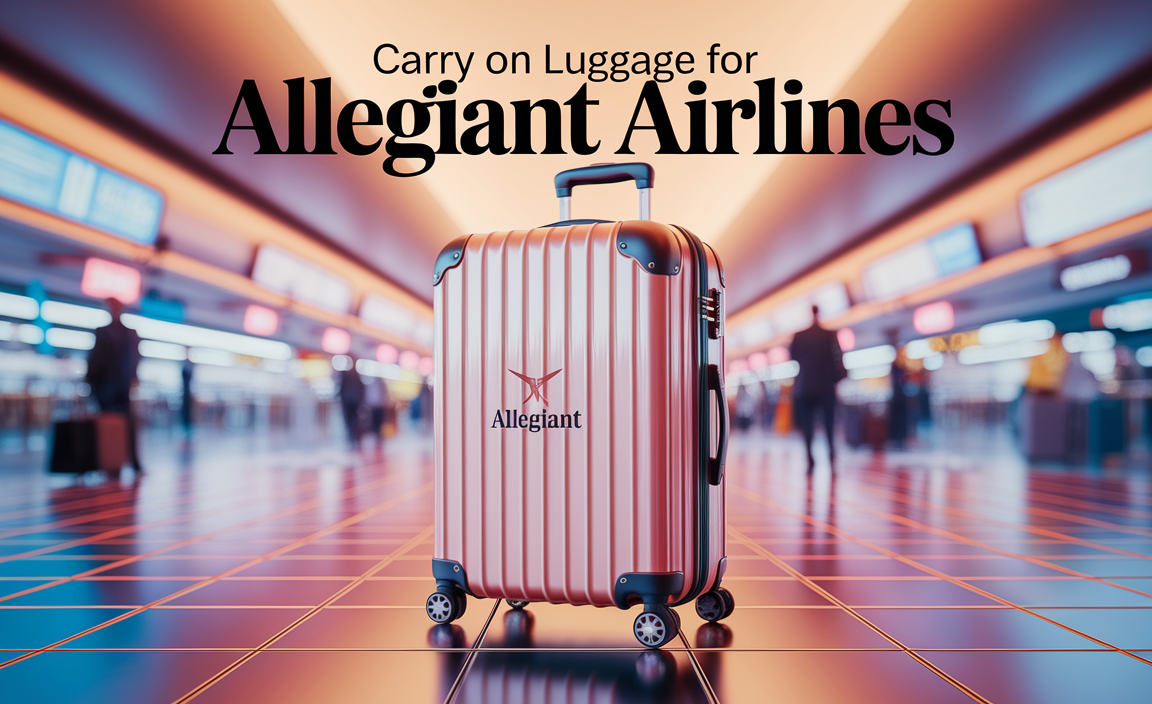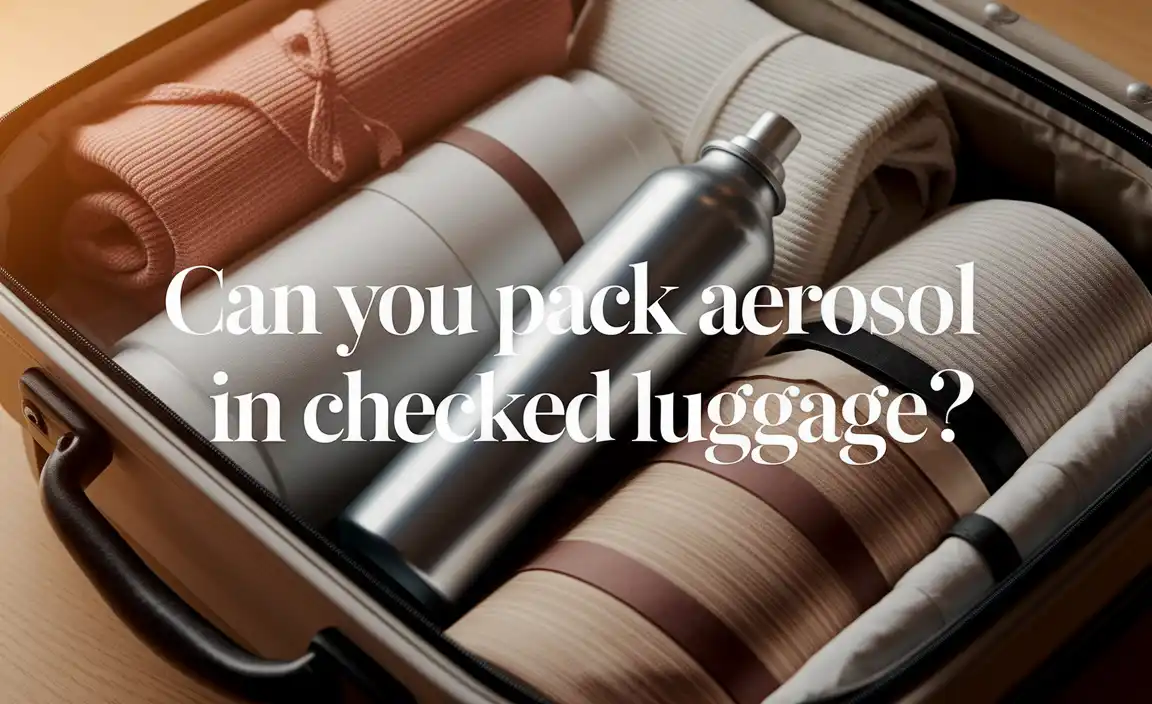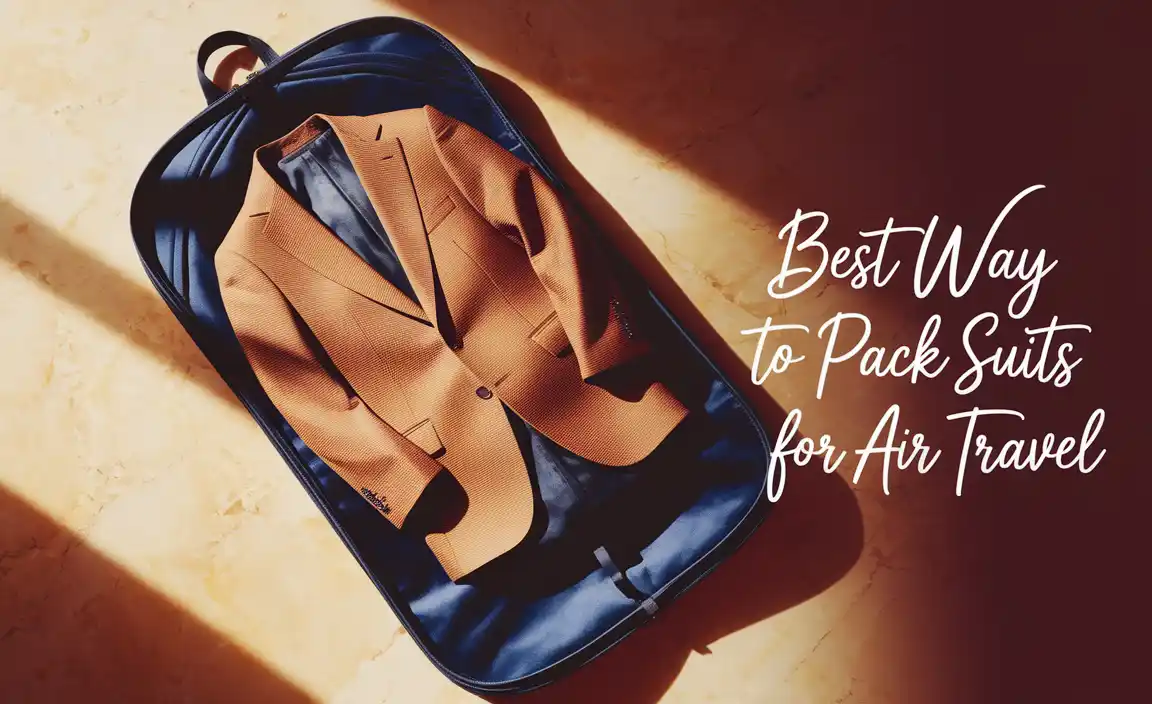Australia Summer Trip Guide: Essential Bliss – Planning for Sun, Fun, and Comfort
Dreaming of an Australian summer? This guide is your essential companion for planning a trip filled with sunshine, adventure, and pure bliss. We’ll cover everything from packing smart to navigating diverse landscapes, ensuring your journey down under is as comfortable and stress-free as possible, no matter who you’re traveling with.
Your Ultimate Australia Summer Trip Planning Guide
The Australian summer, roughly from December to February, is a vibrant time to explore this vast and diverse continent. Whether you’re drawn to the iconic beaches of the Gold Coast, the cultural buzz of Sydney, the unique wildlife of the Outback, or the stunning natural beauty of Tasmania, a well-planned trip ensures you make the most of the warm weather and long daylight hours. As Michael C. Herrera from Journey Essentials, I want to help you pack with confidence and embrace every moment of your down-under adventure. We’ll break down what you need to know, from essential packing items to travel tips that guarantee comfort and ease.
When is Australia’s Summer?
Australia experiences its summer months from December to February. This peak season offers warm to hot temperatures across most of the country, making it ideal for beach activities, outdoor exploration, and enjoying the vibrant atmosphere of Australian cities.
What to Pack for an Australian Summer Trip
Packing for Australia in summer requires a balance of sun protection, lightweight clothing, and versatile items. You’ll want to be prepared for both hot, sunny days and potential cooler evenings or specific activities. Here’s a breakdown of essential items:
Clothing Essentials
- Lightweight and Breathable Clothing: Think cotton, linen, and moisture-wicking fabrics. Pack shorts, t-shirts, tank tops, and light dresses.
- Swimwear: Essential for Australia’s famous beaches, swimming holes, and resort pools. Bring at least two suits so one can dry.
- Sun-Protective Clothing: Long-sleeved rash vests (especially for water activities), lightweight long-sleeved shirts, and wide-brimmed hats are crucial for protecting your skin from the intense Australian sun.
- A Light Jacket or Hoodie: Evenings can sometimes get cooler, especially in southern regions or if you’re visiting areas with higher altitudes.
- Comfortable Walking Shoes: Sneakers or sturdy sandals are a must for exploring cities, national parks, and walking tours.
- Sandals or Flip-Flops: Perfect for the beach, casual outings, and relaxing.
- Smarter Outfit (Optional): If you plan to visit finer dining establishments or attend special events, pack one slightly dressier outfit.
Sun Protection is Key
- High SPF Sunscreen: Choose broad-spectrum, water-resistant sunscreen with an SPF of 30 or higher. Reapply frequently, especially after swimming or sweating. You can find great Australian brands like Cancer Council or Reef.
- Sunglasses: Protect your eyes with UV-protective sunglasses.
- Wide-Brimmed Hat: A hat that shades your face, neck, and ears is non-negotiable.
- Lip Balm with SPF: Don’t forget to protect your lips!
Health and Comfort on the Go
Traveling can sometimes bring unexpected personal care needs. For extended trips, long flights, or if you require extra support, having comfortable and reliable personal care items can significantly enhance your travel experience.
- Travel-Sized Toiletries: Shampoo, conditioner, soap, toothbrush, toothpaste, etc.
- Insect Repellent: Particularly important if you plan to visit tropical areas like Queensland or engage in outdoor activities, especially around dusk.
- Personal First-Aid Kit: Include band-aids, antiseptic wipes, pain relievers, motion sickness medication, and any personal prescriptions.
- Reusable Water Bottle: Stay hydrated and reduce plastic waste.
- Comfortable Undergarments: Breathable cotton is ideal. For those who may need discretion and extra security during travel, consider options like discreet adult diapers or pull-ups. Brands offering advanced absorbency and odor control can provide peace of mind, making long journeys or busy sightseeing days much more comfortable and stress-free. Similarly, for families traveling with young children, ensuring comfort and managing potential accidents is paramount. Having easy-to-use child diapers or pull-ups readily available can alleviate parental worries and allow everyone to focus on the fun of the trip.
Electronics and Accessories
- Portable Power Bank: Keep your devices charged on the go.
- Travel Adapters: Australia uses Type I plugs (three flat pins, two angled, one vertical).
- Camera: To capture those stunning Australian landscapes and memories!
- Book or E-reader: For downtime during flights, bus rides, or lazy afternoons.
- Small Backpack or Daypack: For carrying essentials during day trips.
Top Australian Summer Destinations
Australia is a continent of contrasts, offering diverse experiences for every type of traveler. Here are some popular spots for a summer visit:
1. Sydney, New South Wales
The iconic Harbour City is a hub of activity. Enjoy famous beaches like Bondi and Manly, explore the Opera House and Harbour Bridge, and soak in the vibrant city life. Summer here brings warm, sunny days perfect for outdoor dining and exploring.
2. The Gold Coast, Queensland
Famous for its golden beaches, surfing spots, and theme parks, the Gold Coast is a quintessential summer holiday destination. The subtropical climate means warm temperatures and plenty of sunshine, ideal for days spent by the ocean.
3. Melbourne, Victoria
Known for its laneway culture, art scene, and fantastic food, Melbourne offers a different urban experience. Summer here can be mixed, with warm days perfect for exploring its many cafes and galleries, but be prepared for occasional cooler or rainy spells.
4. Great Barrier Reef, Queensland
Cairns and the surrounding region are gateways to the magnificent Great Barrier Reef. Summer is within the wet season, which means higher humidity and sometimes rain, but also fewer crowds and lush landscapes. Visibility for diving and snorkeling can be excellent, and the water is wonderfully warm.
5. Uluru-Kata Tjuta National Park, Northern Territory
Experience the spiritual heart of Australia. Summer days can be extremely hot, so early morning and late afternoon excursions are recommended. The cooler evenings offer spectacular stargazing opportunities. Always check Parks Australia for up-to-date conditions and safety advice.
6. Tasmania
For a cooler summer escape, Tasmania offers a refreshing alternative. Explore its rugged coastlines, national parks like Freycinet, and historic towns. Summer days are mild and pleasant, perfect for hiking and enjoying the natural beauty.
Planning Your Itinerary: Key Considerations
When planning your Australian summer trip, consider the vast distances and diverse climates. Dividing your trip into regions can help maximize your time and minimize travel fatigue.
Understanding Australian Geography
Australia is enormous! Driving from Sydney to Perth takes about 34 hours purely for driving time, without stops. For longer distances, flying is often the most practical option. Consider national carriers like Qantas or Virgin Australia.
Climate Variations
Northern Australia (Tropical): December to February is the wet season. Expect high humidity, warm temperatures, and tropical storms. Coastal areas may have stingers, so heed local warnings.
Southern Australia (Temperate): More classic summer weather with warm to hot, dry days. Coastal breezes can offer some relief. Melbourne and Hobart might still have cooler days.
The Outback (Arid/Semi-Arid): Can be extremely hot during summer days, often exceeding 40°C (104°F). Nights can be cooler.
Booking in Advance
Summer is peak holiday season, especially around Christmas and New Year. Book flights and accommodation well in advance to secure the best prices and availability. Popular tours and activities can also book out quickly.
Navigating Australia: Travel Tips
Getting around Australia is part of the adventure. Whether you’re self-driving or using public transport, these tips will help ensure smooth travel.
Driving in Australia
- Australians drive on the left-hand side of the road.
- Be aware of wildlife, especially at dawn and dusk, particularly on rural roads.
- Road safety is taken very seriously. Speed limits are enforced, and fatigue management is crucial; take regular breaks. Check the NSW Centre for Road Safety for vital information on wildlife and road safety.
- If renting a car, ensure you understand the insurance coverage.
Public Transportation
Major cities have excellent public transport systems (buses, trains, trams, ferries). Purchase a rechargeable travel card (e.g., Opal in Sydney, Myki in Melbourne) for easy travel.
Domestic Flights
For covering vast distances, domestic flights are efficient. Compare prices on airline websites or use flight comparison tools. Factor in travel time to and from airports.
Budgeting for your Australian Summer Trip
Australia can be an expensive destination, but smart planning can help manage costs.
Estimated Daily Costs (per person, excluding international flights)
These are approximate and can vary significantly based on your travel style and location.
| Category | Budget Traveler (AUD) | Mid-Range Traveler (AUD) | Luxury Traveler (AUD) |
|---|---|---|---|
| Accommodation | $50 – $120 (hostels, budget motels) | $120 – $250 (mid-range hotels, Airbnb) | $250+ (boutique hotels, luxury resorts) |
| Food | $40 – $60 (supermarkets, casual eateries) | $60 – $100 (cafes, mid-range restaurants) | $100+ (fine dining) |
| Activities | $30 – $60 (free activities, some paid tours) | $60 – $120 (day tours, attractions) | $120+ (private tours, premium experiences) |
| Transport | $20 – $40 (public transport, occasional ride-share) | $40 – $80 (car rental, domestic flights) | $80+ (private transfers, premium car hire) |
| Total Daily Estimate | $140 – $280 | $280 – $550 | $550+ |
Money-Saving Tips
- Cook your own meals: Utilize hostel kitchens or self-catered accommodation, especially for breakfast and lunch.
- Look for free activities: Many Australian cities offer free walking tours, beautiful parks, beaches, and markets.
- Travel in the shoulder season: While we’re discussing summer, consider late spring (September-November) or early autumn (March-May) for potentially lower prices and fewer crowds, though the weather will be cooler.
- Utilize public transport: It’s often more cost-effective than taxis or ride-sharing in cities.
- Check for deals: Look for discount websites or package deals for tours and activities.
Essential Comforts: Beyond the Luggage
Part of enjoying your trip is ensuring you feel comfortable and confident throughout your travels. For adults who may require personal care support, especially on long flights or extensive travel days, discreet options are available.
Personal Comfort Solutions for Travelers
Traveling can involve long periods of sitting, limited access to facilities, or simply the desire for extra security. High-quality, absorbent incontinence products designed for adults can make a significant difference.
- Discreet Protection: Modern adult diapers and pull-ups are designed to be slim-fitting and discreet under clothing, offering confidence and peace of mind.
- Odor Control: Many products feature advanced odor-locking technology, crucial for comfort and social situations.
- Absorbency Options: Choose products based on your needs, with options for light to heavy protection.
- Comfortable Materials: Look for breathable materials that are gentle on the skin to prevent irritation during long journeys.
- Accessibility: While readily available in most countries, it can be reassuring to pack a supply for immediate needs, especially during transit. Websites like Depend offer detailed information on their product ranges.
For families, having child diapers and pull-ups on hand is a travel essential. Keeping a small supply in your day bag for quick changes or unexpected accidents means you can keep the focus on exploring and enjoying the sights.
Safety During Australian Summers
While summer in Australia is generally safe and welcoming, it’s important to be aware of the environment.
Sun Safety
As mentioned, the Australian sun is intense. Always wear sun protection. The Cancer Council of Australia provides excellent resources on sun safety: SunSmart.
Water Safety
Be aware of surf conditions and swim between the red and yellow flags on patrolled beaches. Rip currents can be dangerous. Heed all warning signs and lifeguard instructions.
Wildlife Encounters
Australia has unique wildlife. While most animals are harmless, know how to react if you encounter snakes, spiders, or marine life. The Australian Reptile Park offers insights into local wildlife safety: Australian Reptile Park.
Stingers in the North
In tropical Queensland waters during summer (the wet season), dangerous marine stingers like box jellyfish and Irukandji can be present. Always swim in netted areas or wear a protective stinger suit if advised.
Frequently Asked Questions About Australia Summer Trips
Q1: Is Australia very hot in summer?
Yes, Australia experiences hot weather during its summer months (December-February). Southern Australia tends to have warm to hot, dry days, while Northern Australia is hot and humid with a possibility of rain and tropical storms. The Outback can experience extreme daytime heat.
Q2: What are the best beaches to visit in Australia during summer?
Iconic choices include Bondi Beach and Manly Beach in Sydney, Surfers Paradise and Broadbeach on the Gold Coast, and many stunning stretches along the coast of Western Australia and South Australia. Remember to always swim between the flags.
Q3: Do I need to pack a lot of warm clothes for an Australian summer trip?
Generally, no. Pack lightweight, breathable clothing. However, a light jacket or hoodie is advisable for cooler evenings, especially in southern regions like Melbourne or Tasmania, or for air-conditioned environments.
Q4: Is it safe to swim in the ocean in Australia in summer?
Swimming at patrolled beaches between the red and yellow flags is generally safe. However, be aware of surf conditions and rip currents. In tropical Northern Queensland during summer, be mindful of marine stingers and swim only in designated, netted areas.
Q5: What kind of power adapter do I need for Australia?
Australia uses Type I electrical plugs, which have three flat pins: two angled pins and one vertical pin. Voltage is 230V, 50Hz. You’ll need an adapter that fits these sockets.
Q6: Is it possible to travel Australia on a budget during summer?
Yes, though summer is peak season. Focus on cooking some meals, utilizing public transport, seeking out free activities, and booking accommodation and flights in advance to find better deals.
Q7: What are some essential comfort items I should consider packing for a long trip?
Beyond standard toiletries, consider items like comfortable footwear, reusable water bottles, and for those who may need them, discreet adult personal care products for added confidence and security during travel. Pack child diapers or pull-ups if traveling with children.
Conclusion: Embracing the Australian Summer Bliss
An Australian summer trip is an incredible experience, brimming with sunshine, adventure, and unique landscapes. By preparing with the right gear, understanding the climate, and planning your itinerary thoughtfully, you can ensure a comfortable, enjoyable, and unforgettable journey. Remember to pack for the sun, stay hydrated, embrace the local culture, and most importantly, relax and soak in the stunning beauty of Australia. From the vibrant beaches to the vast outback, the essential bliss of an Australian summer awaits you.






